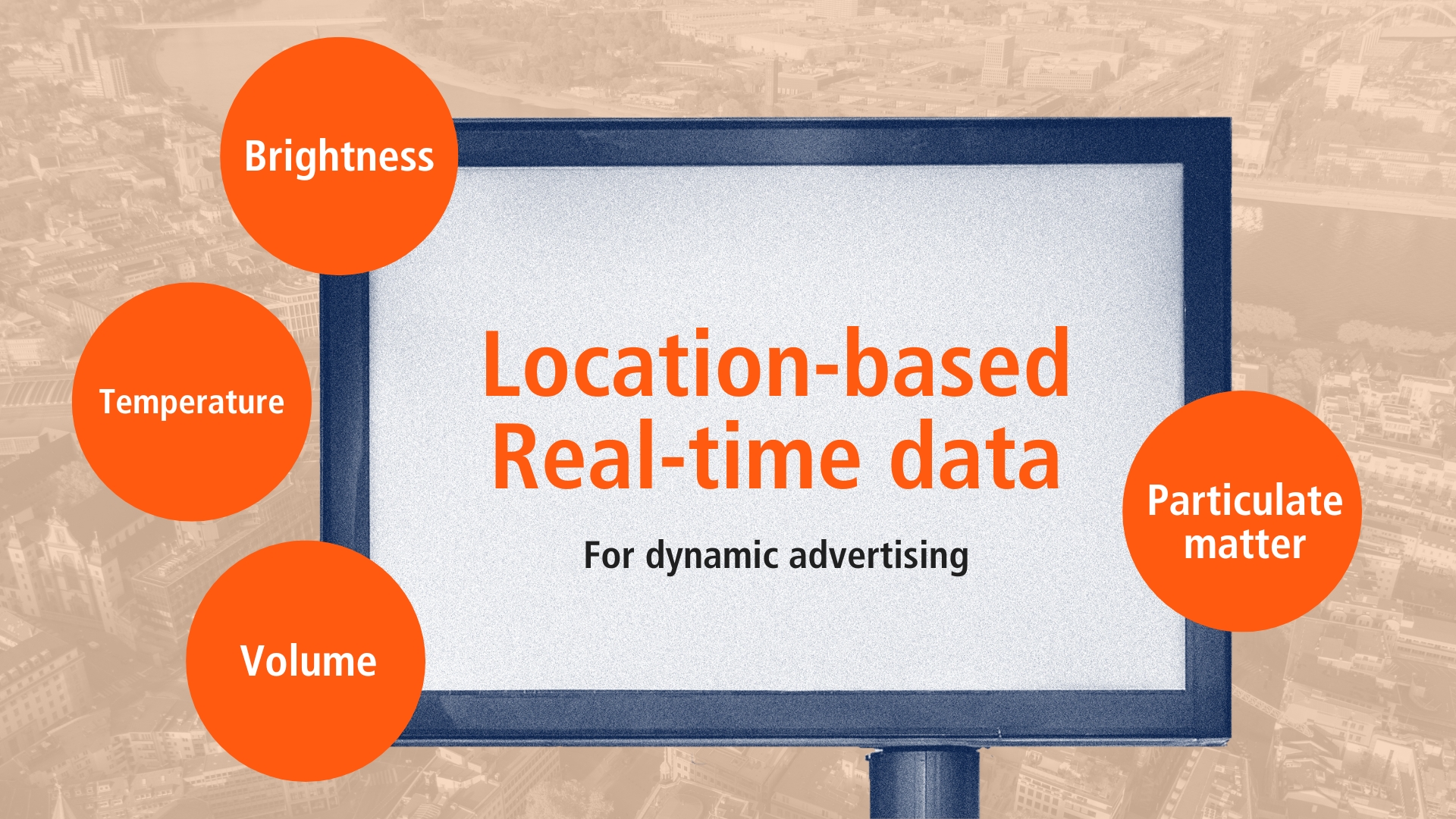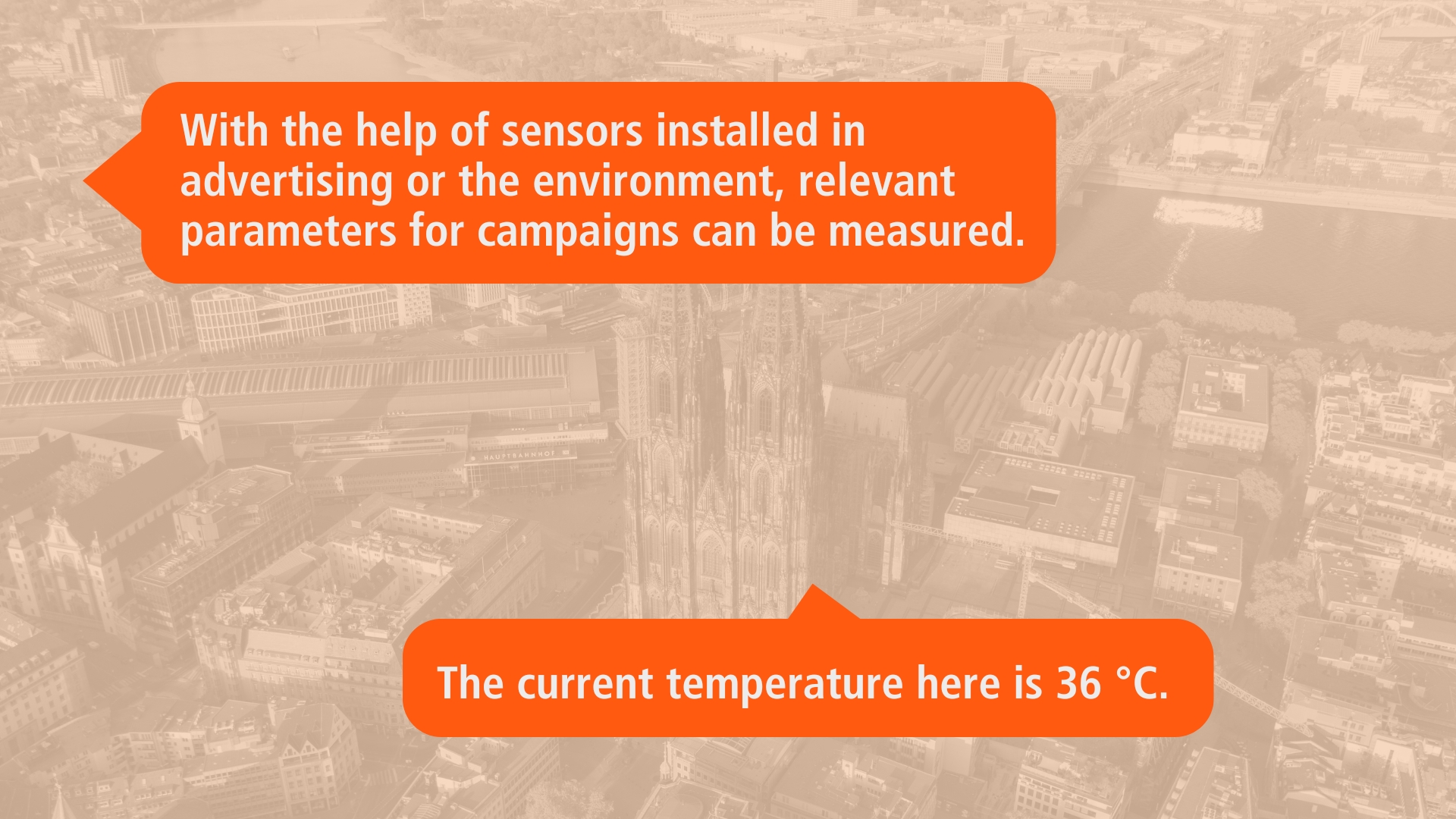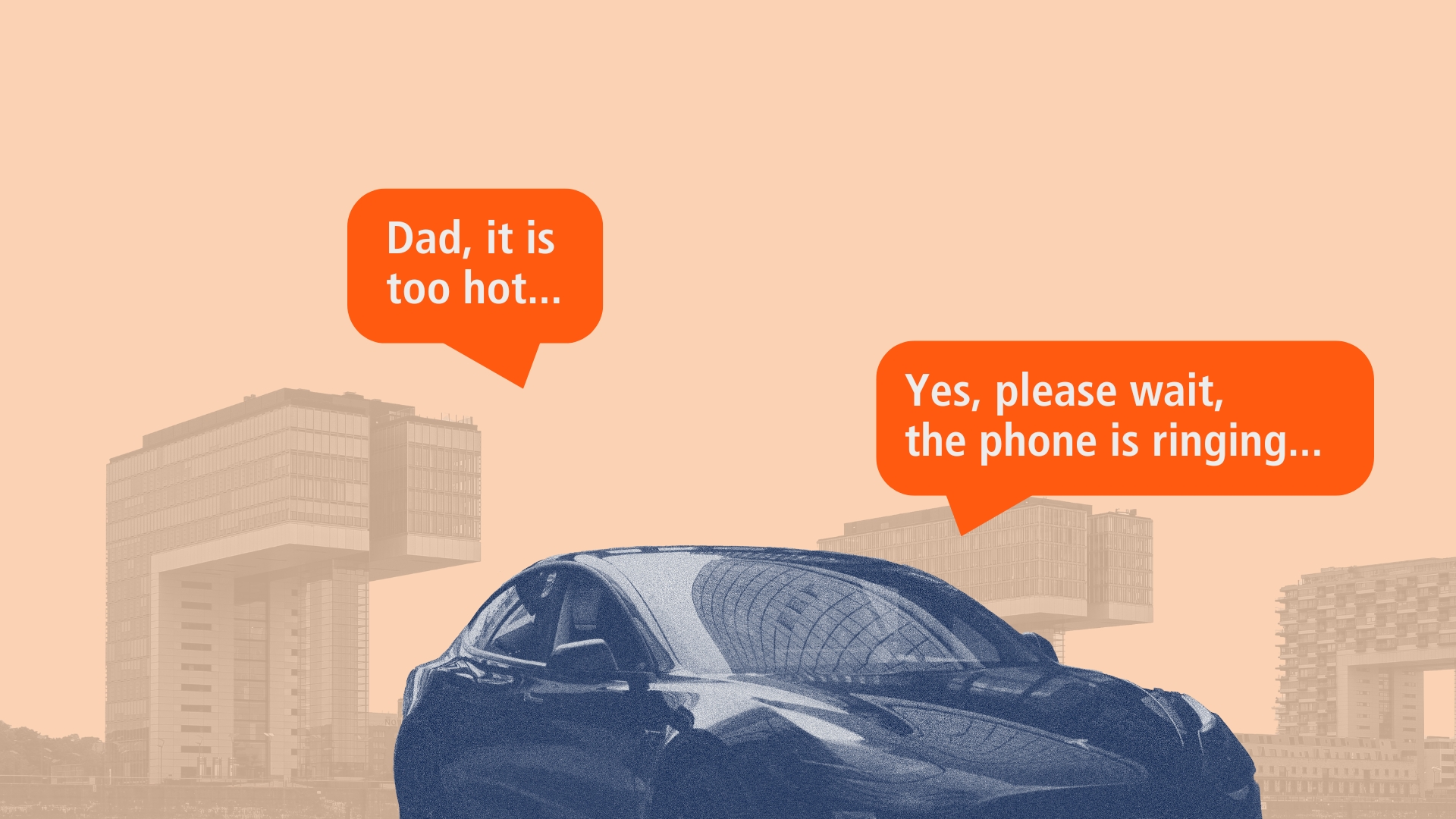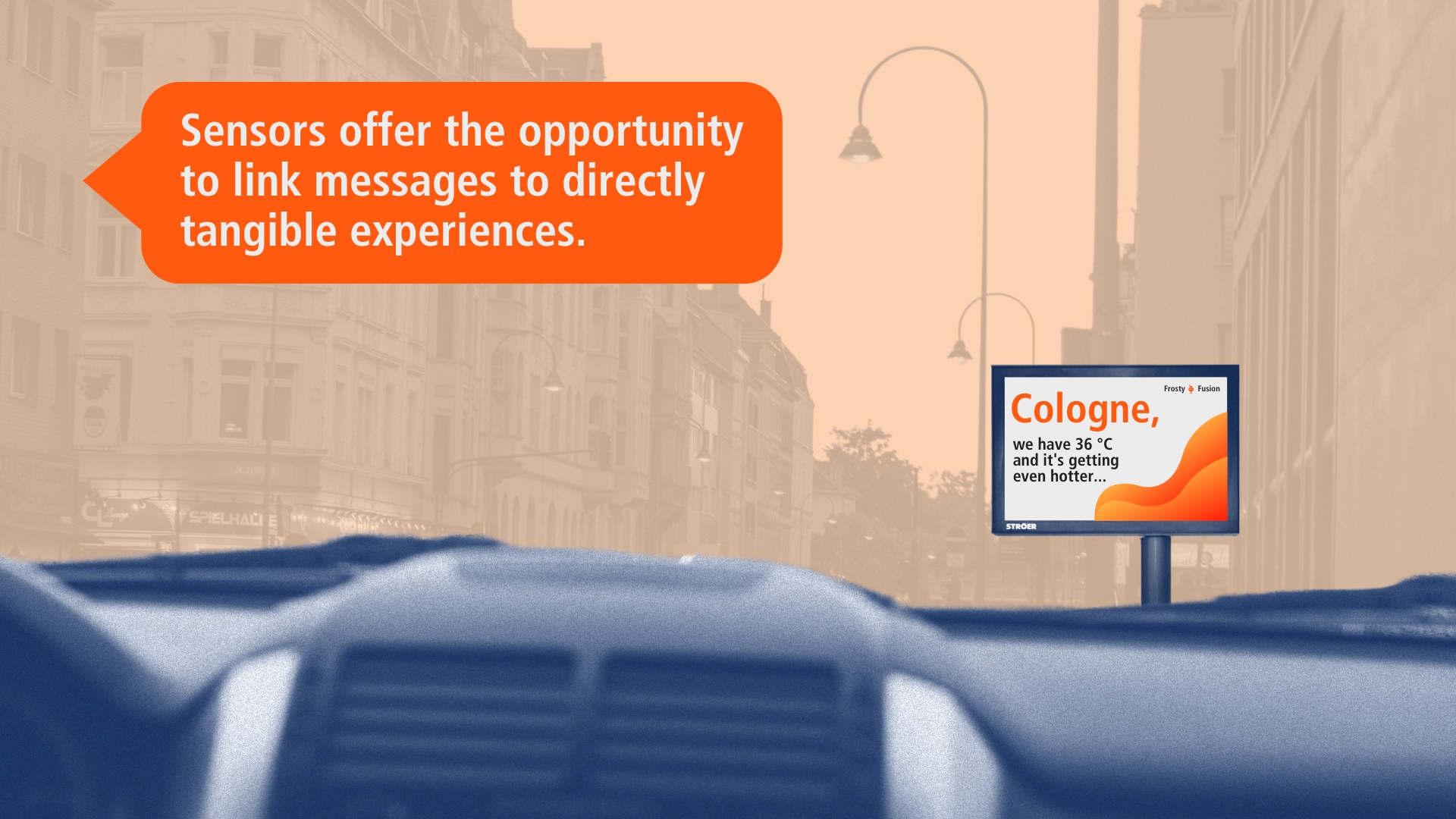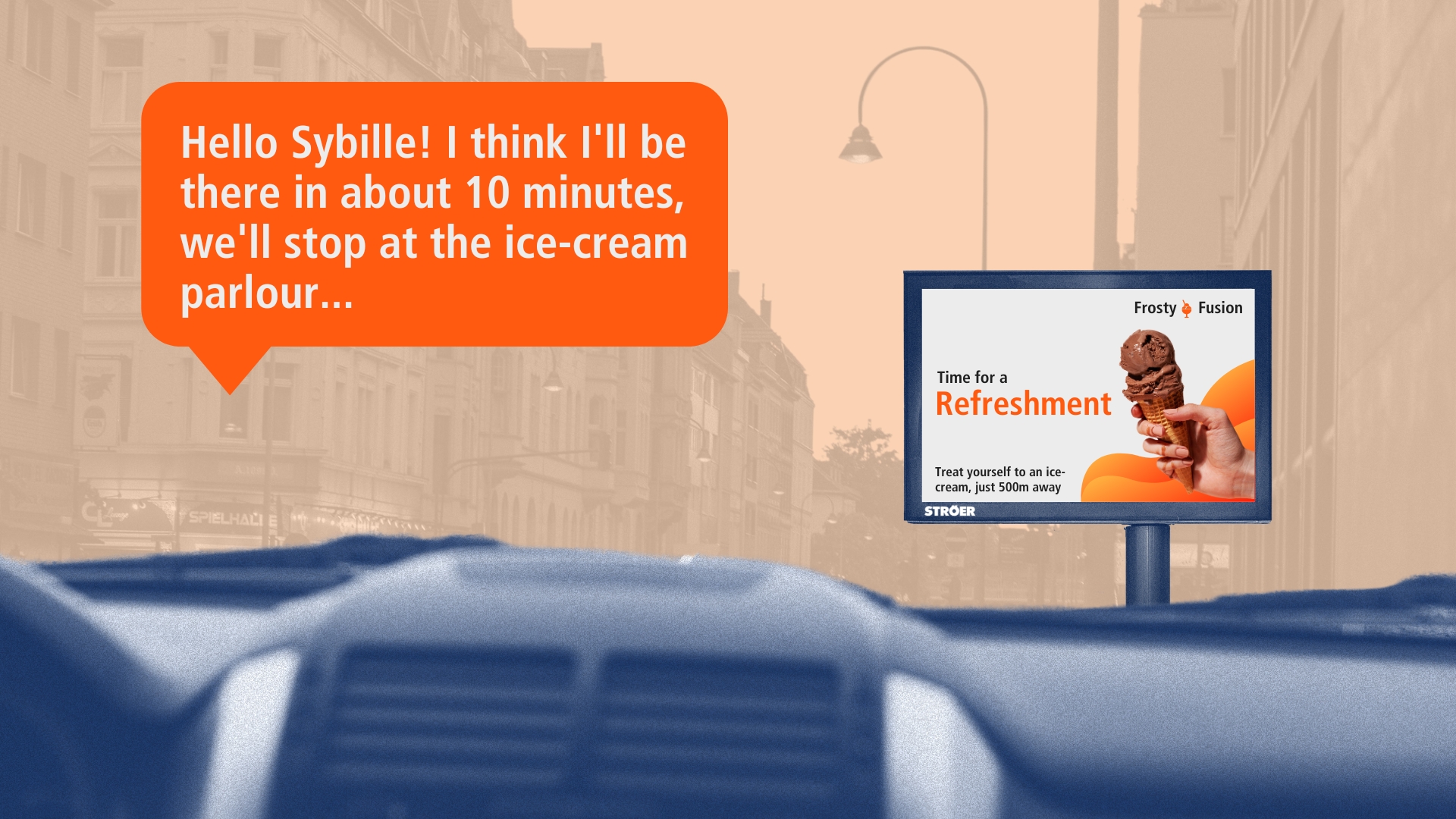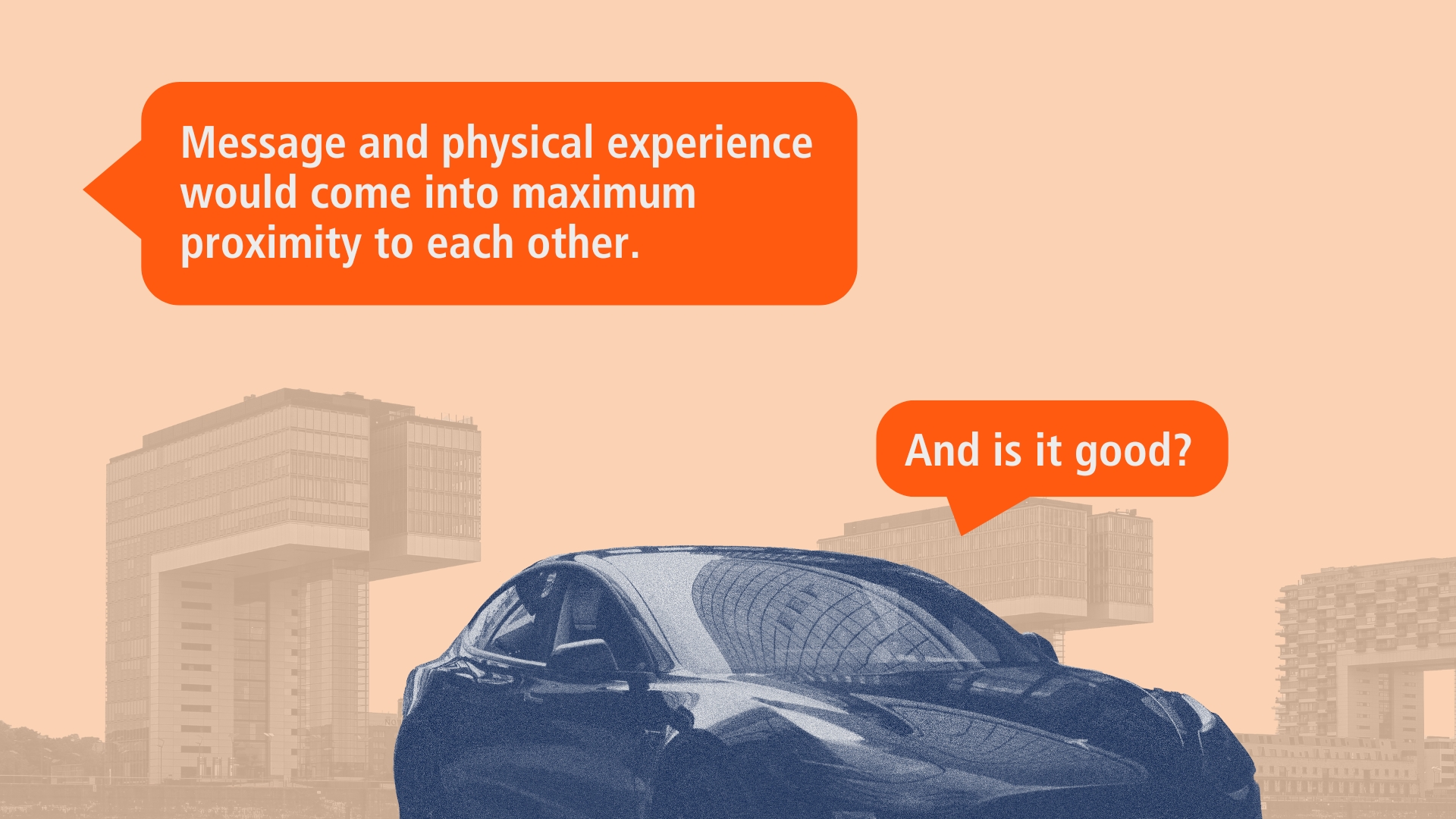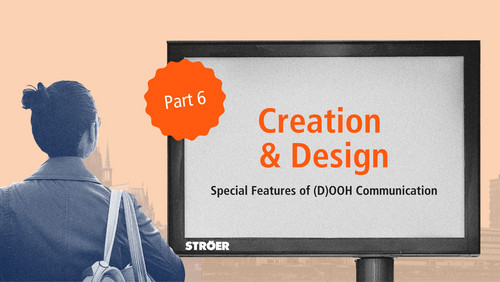
15. January 2025
Now it's getting personal: Programmatic Creation at DOOH
Personalised advertising experience through programmatic creation and programmatic advertising
In our daily lives, we encounter outdoor advertising in different ways and in different forms: Whether large, imposing, digital or analogue. But how do you manage to attract the full attention of the target group in an average of two seconds of viewing time and convey a message that will be remembered? This entails special rules and design tips.
In this article, our author Thomas Wacker shows the possibilities of programmatic advertising in the DOOH context.
The digital transformation is opening up new ways for advertisers to address target groups accurately and individually, including in the DOOH sector. Programmatic playout of advertising media via ad servers enables the targeted selection of location, time and content in relation to the desired target group. This personalised experience increases the relevance of advertising for individuals and the impact of campaigns for companies.
The possibility of differentiated selection down to the level of individual advertising media requires the creation and production of meaningfully individualised advertising media – no trivial challenge in view of the constantly increasing variety of formats in the DOOH sector. We respond to this with a variety of concepts, including advertising media that adapt themselves dynamically.
Customised, ready-made advertising material
A classic product and a relatively unknown supplier – the awareness campaign for the children's watch brand 'KWIO' was designed as a test case for submission to the DOOH Creative Challenge 2022. The aim was to test the opportunities and challenges of programmatic creation with a playout across the entire public video media portfolio in Hamburg.
The campaign was aimed at primary school children and their parents, always with direct reference to the current time of day and the media location, provided a primary school was positioned nearby.
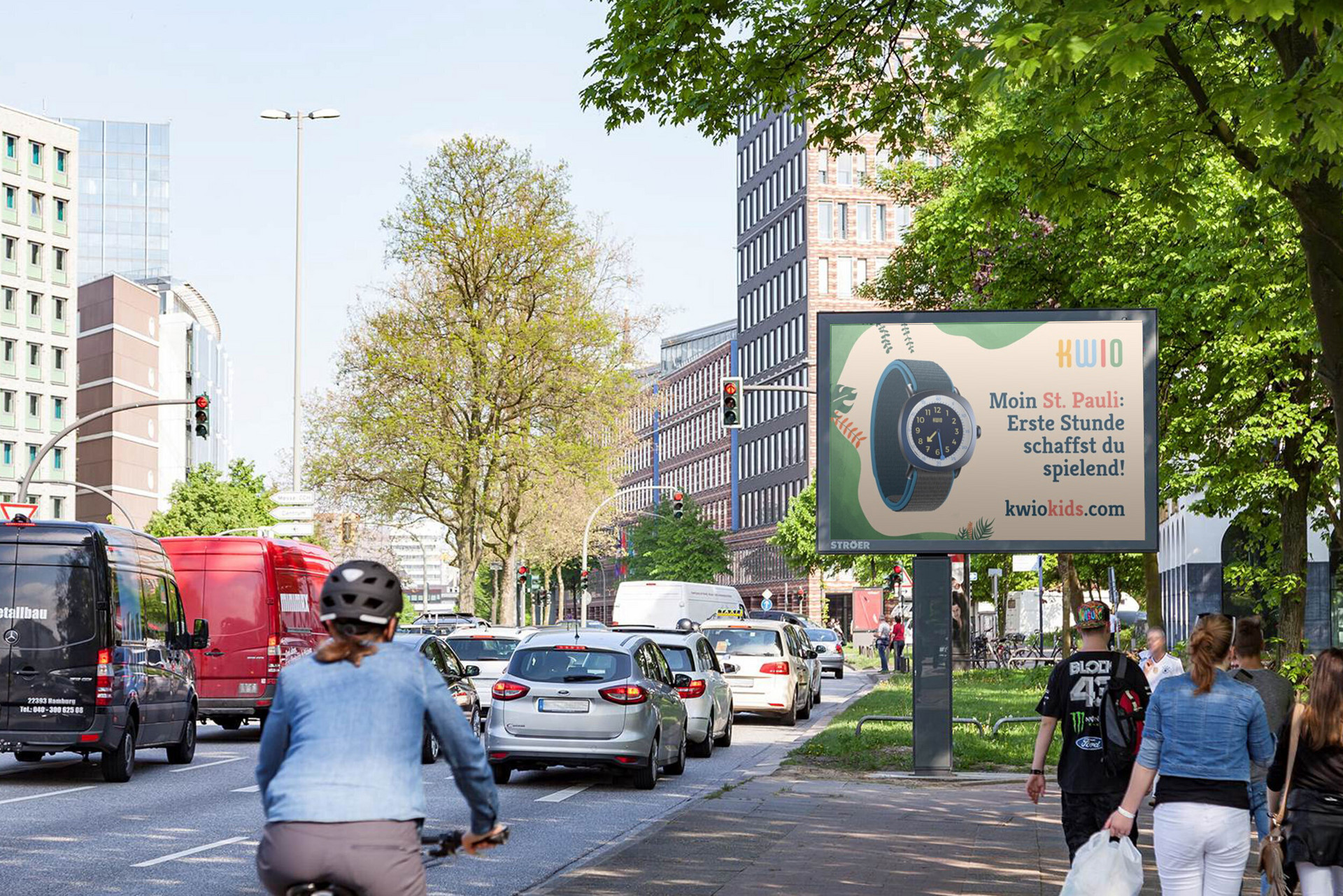
The direct approach in the temporal context of one's own everyday life through to one's own position in the city creates a highly personalised advertising experience. Whether it's a parent taxi, local transport or walking: “Someone has thought about me and my needs and has a good idea of how I can overcome the challenge of punctuality.”
The campaign accompanied parents and children throughout the course of the day and always reflected a specific time slot in terms of content.
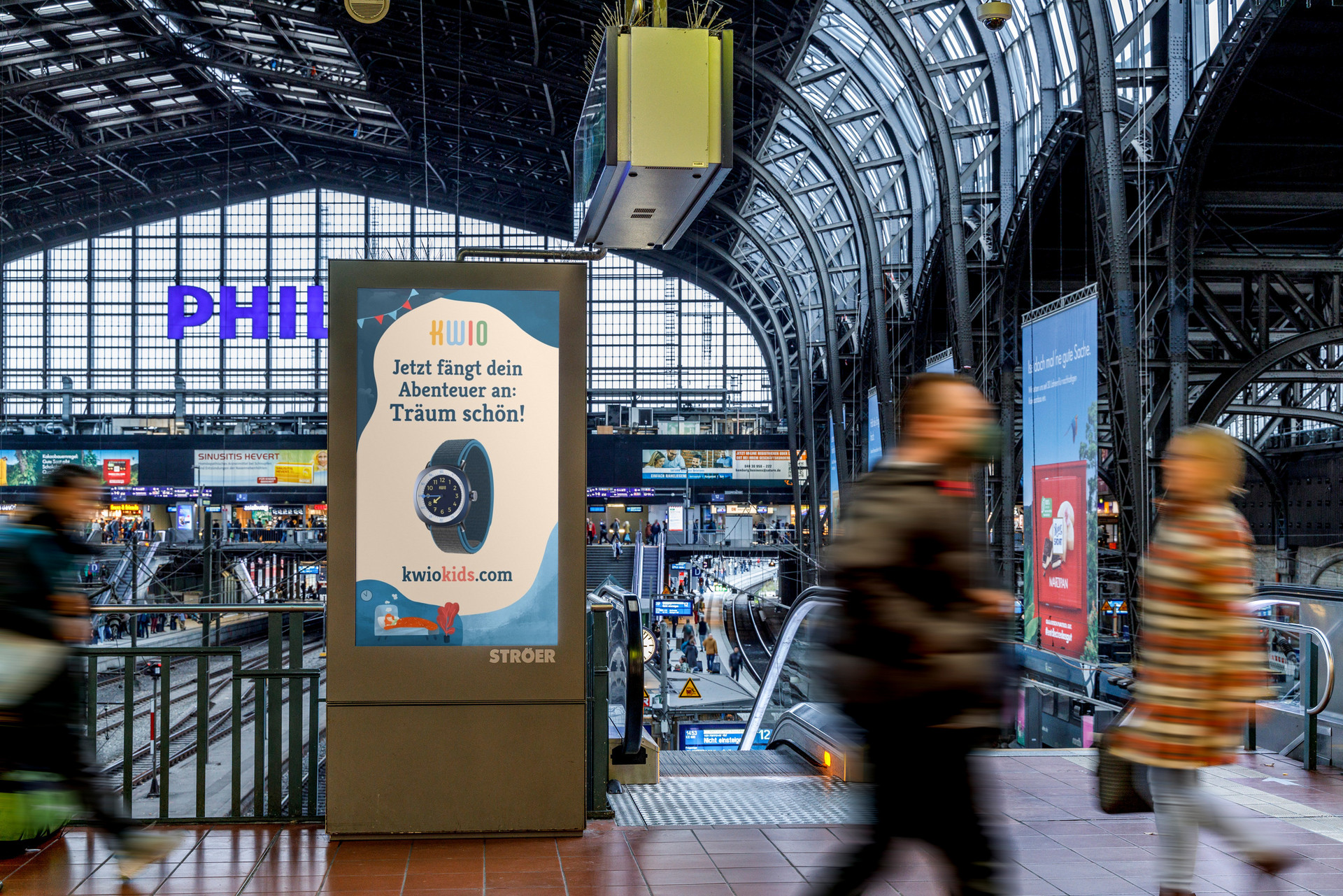
Start of school, end of school, late afternoon/early evening and bedtime were booked in a customised time grid. In the mornings, locations close to schools were also individualised with geo-targeting (districts).
In addition to the different addresses, the individual motifs were also customised by the times displayed in the clock. The clock used is a 3D visualisation that also rotates in space and moves the hands in a corresponding time lapse.
Customised advertising offers the opportunity to address target groups effectively, but it also presents a challenge in terms of production. The variety of formats in the Hamburg portfolio and the need to adapt to different times and locations meant that over 30 different animated motifs and various 3D renderings were required for this campaign. You can imagine what this would mean for a wide area playout. The cost-benefit ratio must always be taken into account when using completely pre-packaged advertising material.
Dynamic advertising
Advertising media that can adapt automatically to the current context according to different targeting concepts offer even greater individualisation and can keep production costs in check.
The starting point is a creation with basic templates that contain all the information that cannot be changed for each campaign. Changing graphic elements, images or videos are available in a ready-made pool and are combined on site with texts generated in the system to form a complete motif. This requires a playout system with the appropriate options and access to a variety of real-time data.
A typical example of the use of dynamic advertising would be a sales campaign for a national fashion chain. The basic template in the retailer's corporate design is combined with product shots, different claims, price, product description and, if necessary, directions to the nearest store.
In addition to location, targeting can be based on a variety of other real-time data. For example, products can be selected in relation to the time of day or current weather data. The right outfit for the current weather conditions! The rotation of different items of clothing can reflect the diversity of the range and yet remain individualised thanks to location targeting.
The dynamic customisation of advertising media thus enables a range of variants that would not be economically viable with conventional pre-produced motifs, either in terms of production or booking.
Not to be overlooked is the possibility of using real-time location data for dynamic advertising. Sensors installed in or around advertising media could provide data for dynamic adaptation of the motifs to the relevant parameters. Sensors for brightness, temperature, volume, particulate matter or similar environmental conditions would offer the possibility of linking messages to directly tangible personal experiences. For example, an ice-cream parlour near a PV roadside installation could display the current temperature, at a higher frequency during particularly hot periods. The message and the physical experience would be as close as possible.
The use of such real-time data is also conceivable for non-advertising messages in the area of municipal citizen communication. Data-supported behavioural advice and offers of help in the event of heat or high levels of particulate matter pollution, requests for adapted driving styles in the event of high noise pollution – local authorities would have a wide range of options for addressing citizens on an ad hoc basis in response to challenging environmental conditions directly on site. With the connection of our advertising media to various public warning systems, we are already at a very advanced stage in this area.
The aforementioned possibilities of location-based real-time communication naturally require a technical adaptation of the advertising media and the playout system – certainly a worthwhile endeavour given the potential for a personalised advertising experience and a direct approach to citizens.
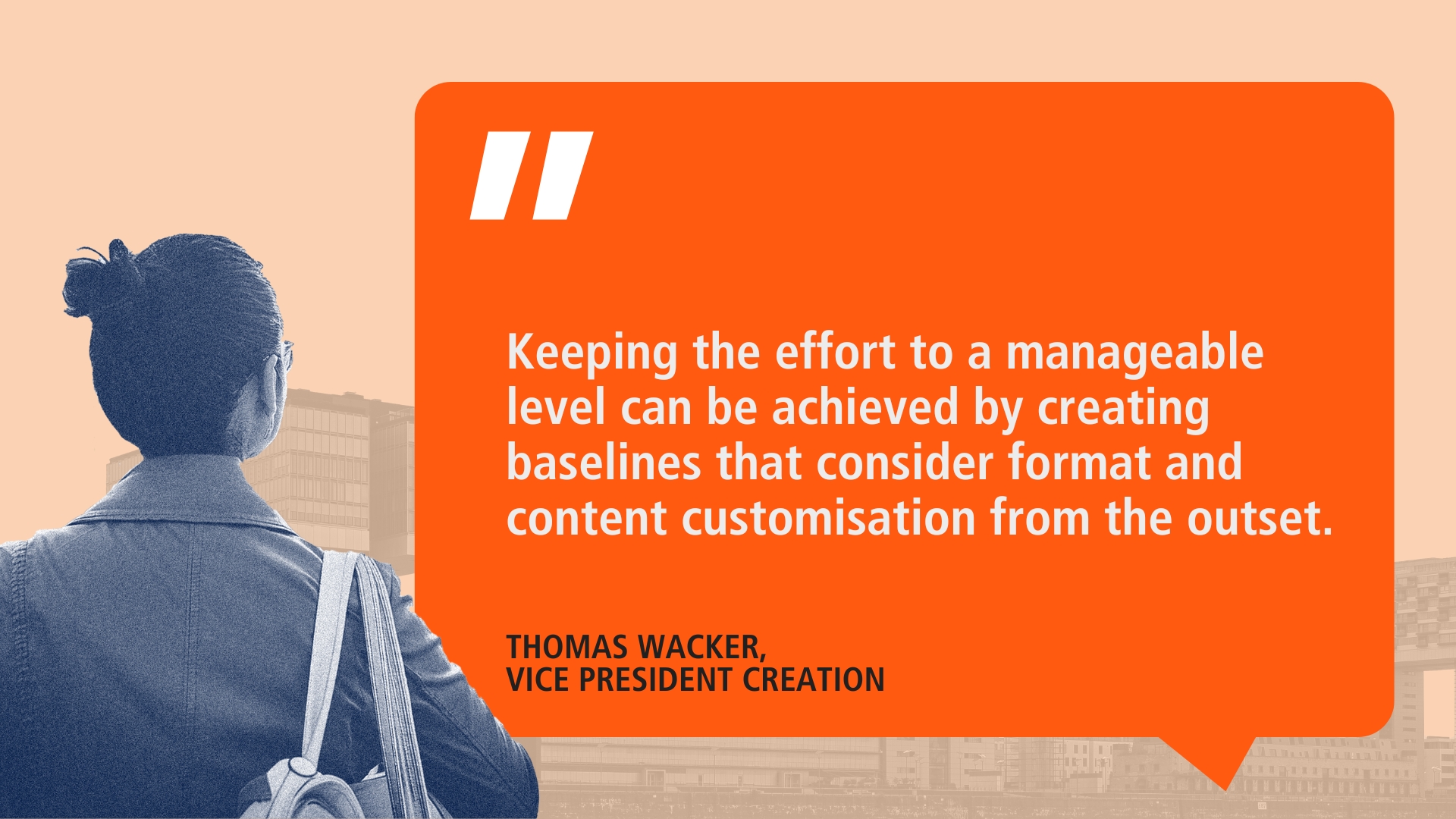
Challenges for advertisers and creative agencies
As mentioned above, individualised campaigns using only pre-designed media can sometimes require an exorbitant number of individual motifs. This is due to the variety of DOOH formats and the degree of customisation required. Format and content adjustments – especially for animated creative – take time and resources. The production of advertising media quickly becomes a challenge, both in terms of labour and cost.
Even with template-based concepts, it may be necessary to provide many elements in different sizes and aspect ratios – classic repetitive tasks that tie up staff without adding creative value.
Basic creations that allow for format and content customisation from the outset can help keep the effort to a manageable level. Creatives who feel that their creative freedom is being compromised should consider the undoubted added value of personalised campaigns and the relief they bring to their own workflow.
Major advances in programmatic creation are expected to come from AI-enabled production tools. Development in this area is almost exponential, providing ever more powerful creative tools. Repetitive tasks are becoming increasingly automatable, and generative AI can be used effectively to design open-format creations.
With the natural use of AI-based tools, the challenges of programmatic creation are also significantly reduced.
And already inspired for your next D(OOH) campaign? In the coming months, our multi-part blog series will present the most important elements of (D)OOH creation, show various possibilities for interaction and inspire you with innovative and technology-linked examples of success. Stay tuned!
Media content in this blog post was created with the help of AI.



